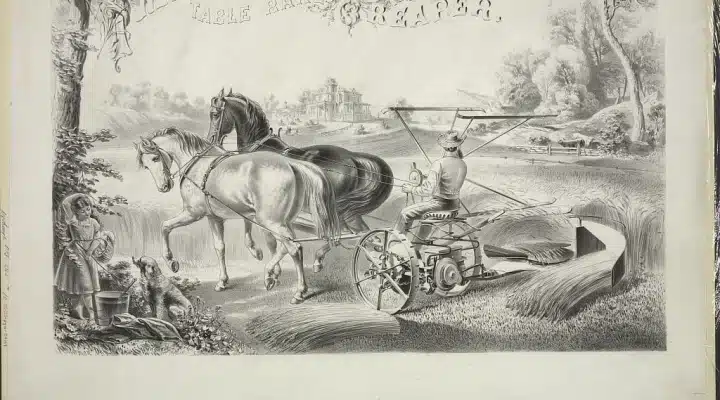forage harvester
The Evolution and Impact of Forage Harvesters in Modern Agriculture
Forage harvesting has undergone a significant transformation over the past few decades, revolutionizing the way farmers manage fodder crops. One of the most impactful inventions in this field is the forage harvester, a specialized machine designed to cut, chop, and collect forage crops for animal feed. This article explores the evolution of forage harvesters, their technological advancements, and their critical role in modern agriculture.
Understanding Forage Harvesters
Forage harvesters are machines that efficiently process vast amounts of plant material, chopping it into small pieces for easy storage and digestion by livestock. Unlike traditional methods of hand-cutting and baling forage, these machines streamline the process, enabling farmers to harvest large fields quickly. This efficiency not only saves time but also reduces labor costs, making it a favorite among modern agricultural practices.
Historical Perspective
The first forage harvesters appeared in the early 20th century as farmers sought ways to improve the efficiency of producing silage and hay
. Initially, these machines were simple and often manually operated. However, technological advancements in the 1950s and 1960s introduced mechanization, leading to more powerful and efficient models. With the advent of diesel engines and improved cutting mechanisms, forage harvesters became more reliable and capable of handling diverse crop types, including corn, grass, and legumes.Technological Advancements
Modern forage harvesters come equipped with sophisticated technology that enhances their efficiency and ease of use. GPS guidance systems allow for precise navigation, reducing overlap and ensuring optimal coverage of fields. Many machines now integrate sensors that analyze moisture levels and crop density, enabling farmers to make informed decisions about harvest timing.
forage harvester

Moreover, real-time data connectivity means that farmers can monitor machine performance and crop conditions from their smartphones or tablets, making it easier to manage operations remotely. These advancements not only improve productivity but also contribute to better quality forage, which is crucial for animal health and overall farm profitability.
Environmental Impact
The impact of forage harvesters extends beyond logistics and production efficiency; they also play a vital role in sustainable agricultural practices. By enabling quicker harvesting times, farmers can reduce the window of time crops are exposed to the elements, minimizing spoilage and waste. Furthermore, efficient chopping and collection contribute to better fermentation in silage production, leading to higher quality feed with improved nutritional value.
Additionally, many modern forage harvesters are designed to work in a way that reduces soil compaction and minimizes damage to the land. Some machines are equipped with floatation tires or tracks that distribute weight more evenly, reducing the negative impact on soil structure. This consideration is essential for maintaining soil health and preventing degradation, which is critical in sustainable farming.
Economic Benefits
The economic implications of using forage harvesters are substantial. By increasing the efficiency and effectiveness of harvesting practices, farmers can produce higher yields with lower labor costs. This productivity can lead to enhanced profitability, particularly for dairy and beef operations that rely heavily on high-quality forage to support their livestock. In addition, the ability to harvest forage quickly allows farmers to take advantage of favorable weather conditions, ensuring that crops are collected at their peak nutrient content.
Conclusion
As agriculture continues to evolve, the forage harvester remains a cornerstone of modern farming practices. Its integration of technology and efficiency not only enhances productivity but also supports sustainable agricultural methods. As farmers face the challenges of climate change, labor shortages, and increasing demand for food, the role of forage harvesters will undoubtedly become even more prominent in ensuring that farms remain viable and productive. The future of forage harvesting promises further innovations that will continue to shape the landscape of agriculture for years to come.
Latest news
-
When to Upgrade Your Old Forage HarvesterNewsJun.05,2025
-
One Forage Harvester for All Your NeedsNewsJun.05,2025
-
Mastering the Grass Reaper MachineNewsJun.05,2025
-
How Small Farms Make Full Use of Wheat ReaperNewsJun.05,2025
-
Harvesting Wheat the Easy Way: Use a Mini Tractor ReaperNewsJun.05,2025
-
Growing Demand for the Mini Tractor Reaper in AsiaNewsJun.05,2025
